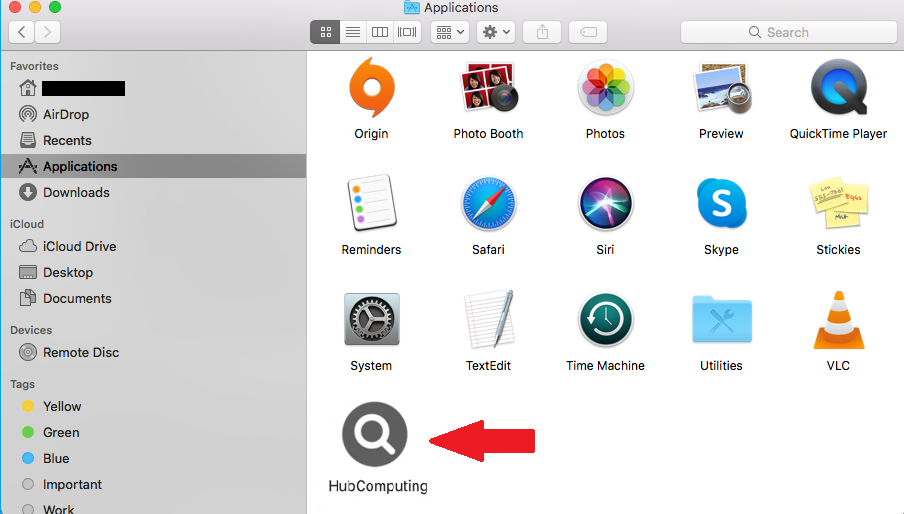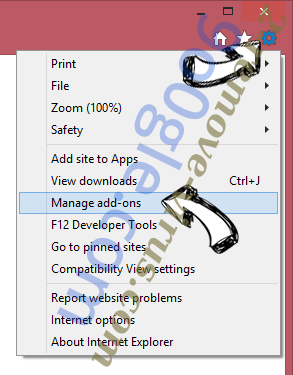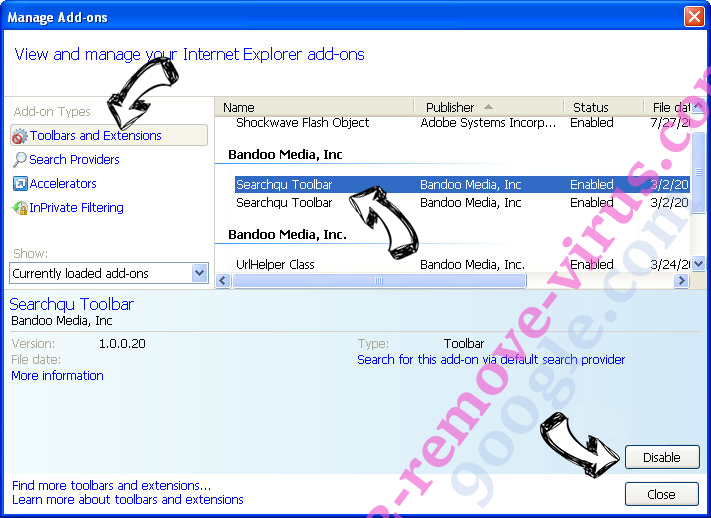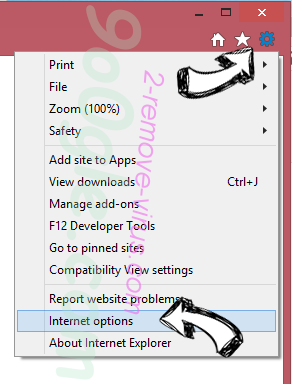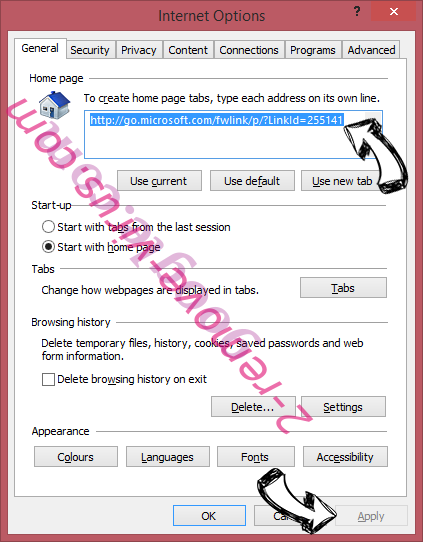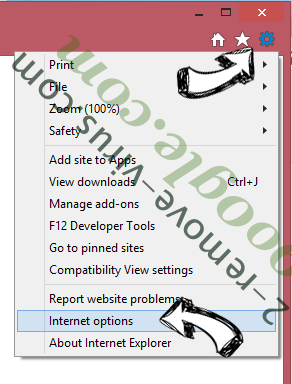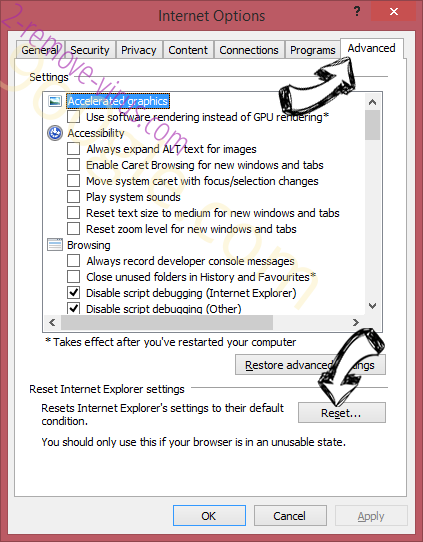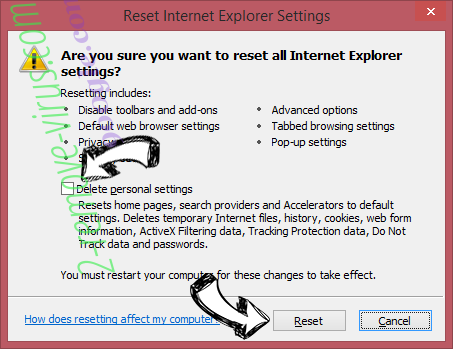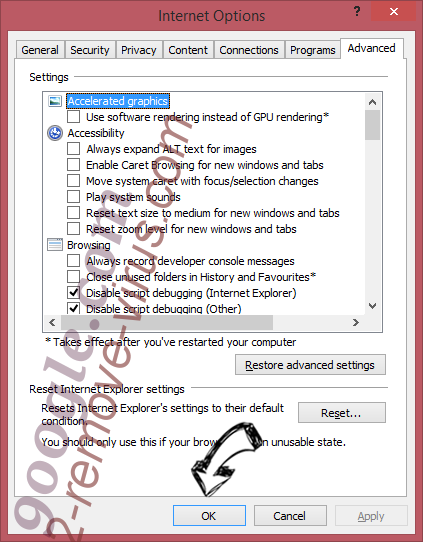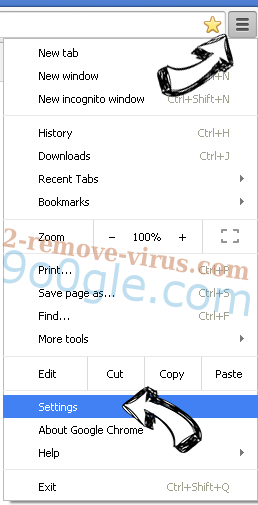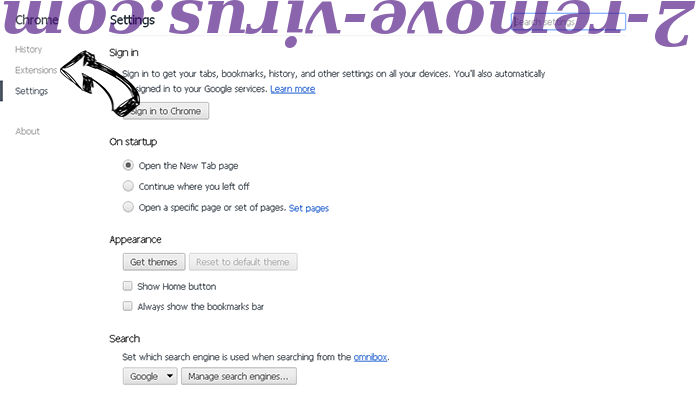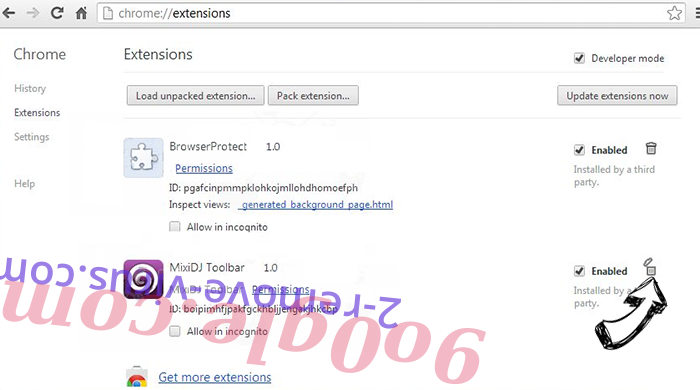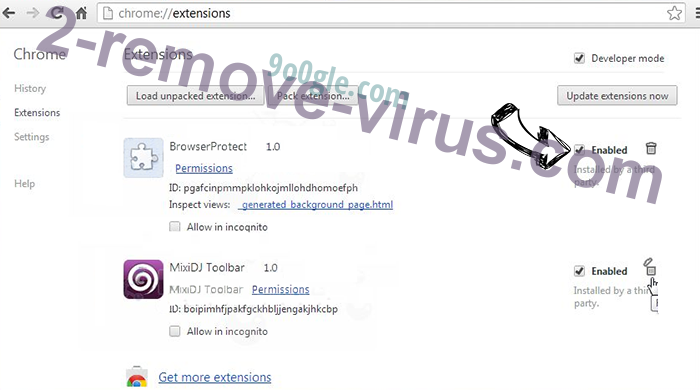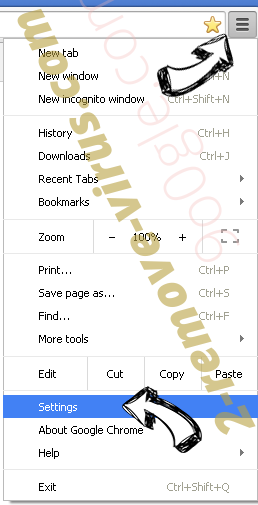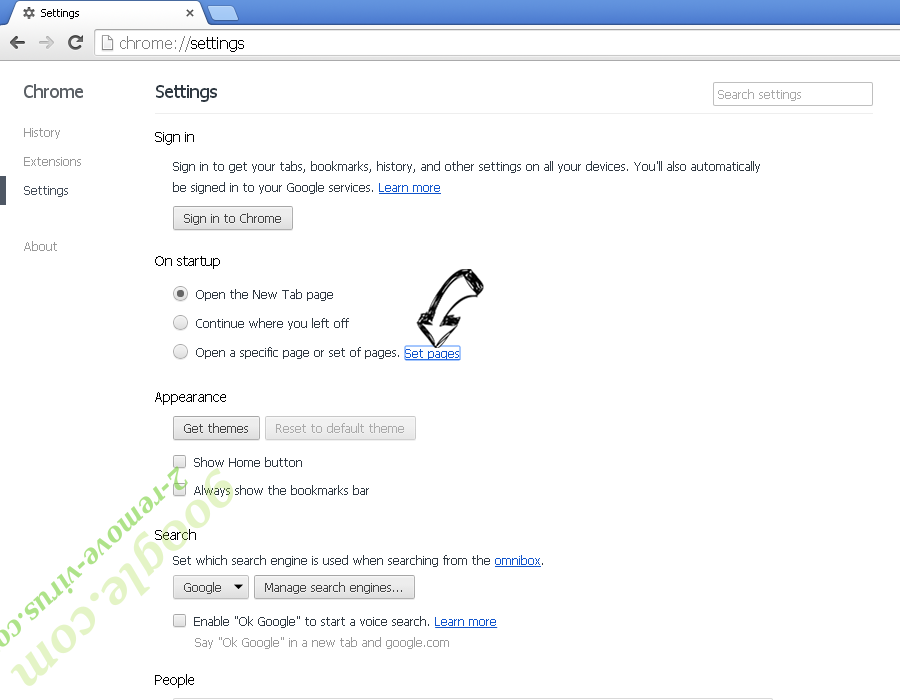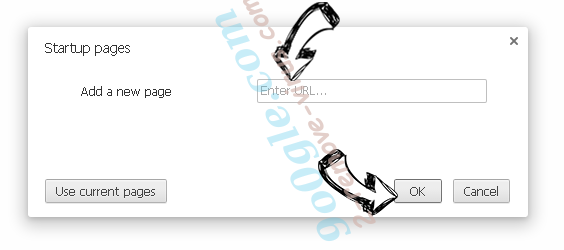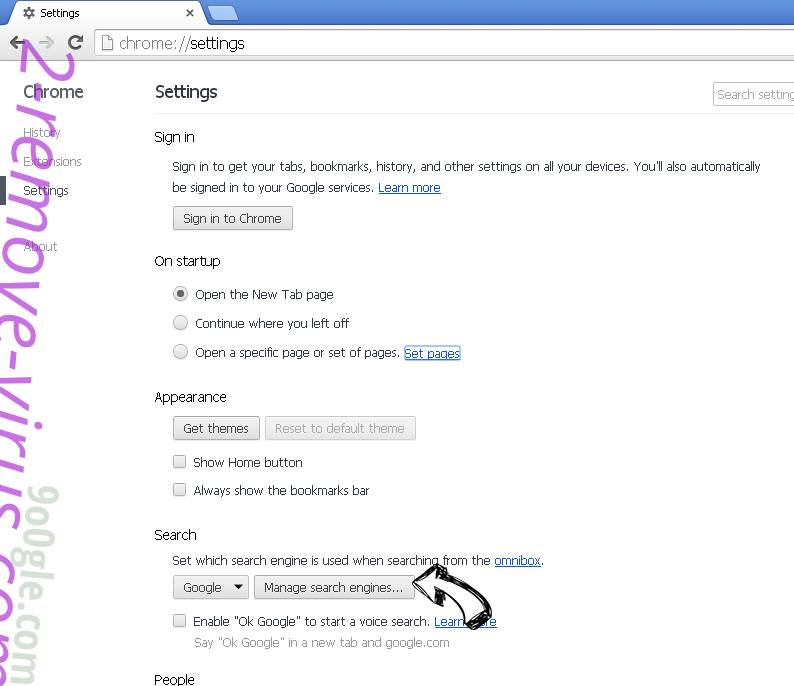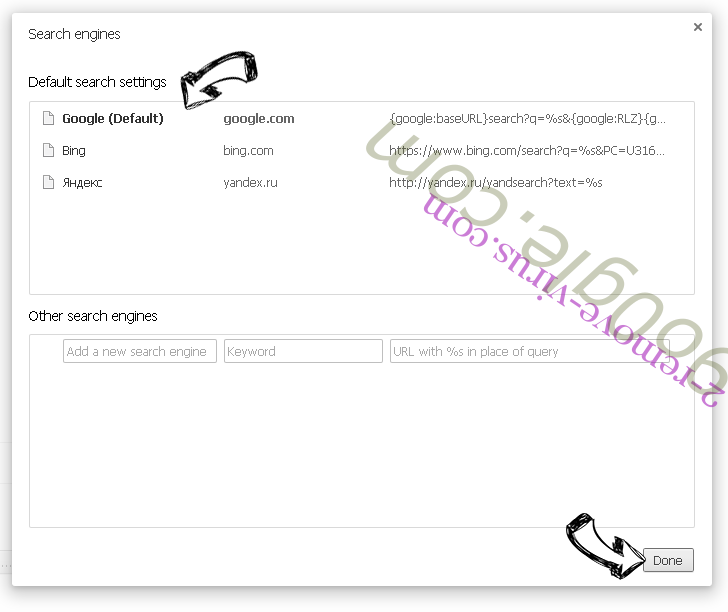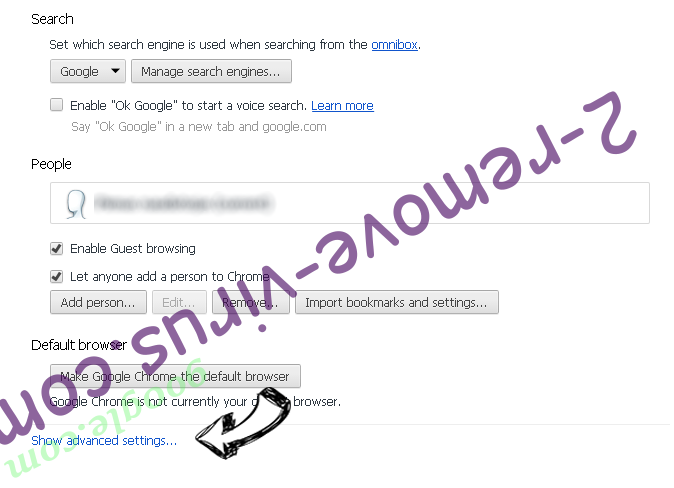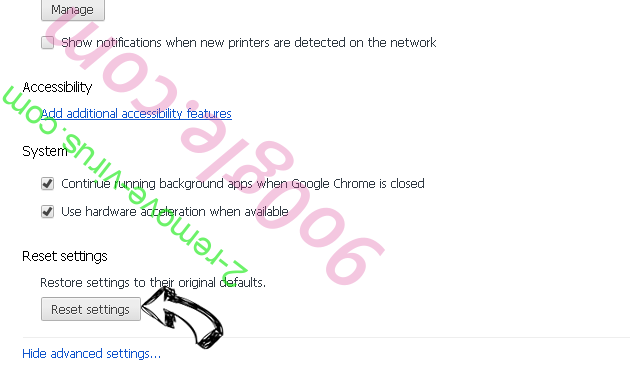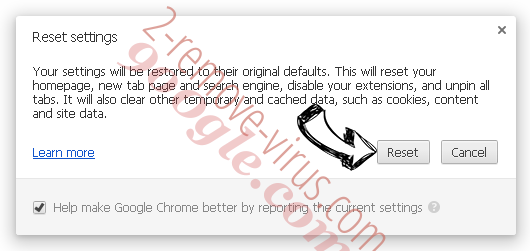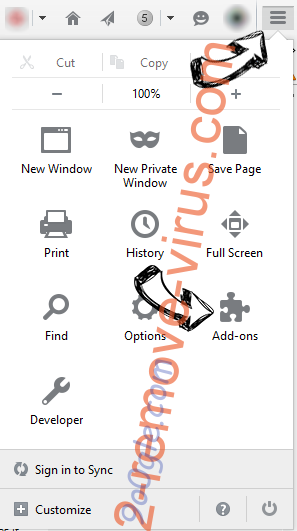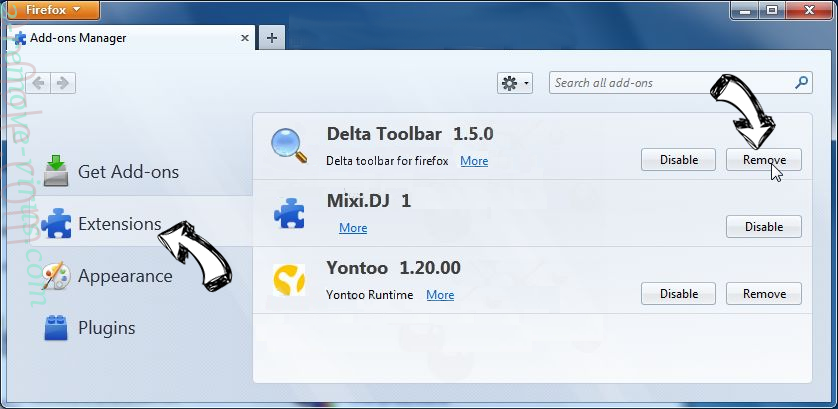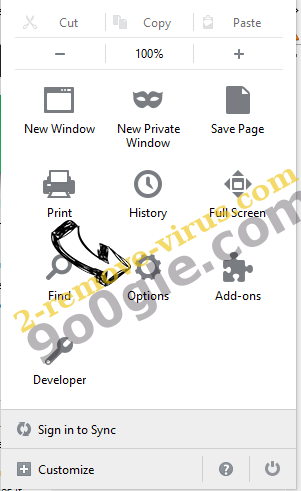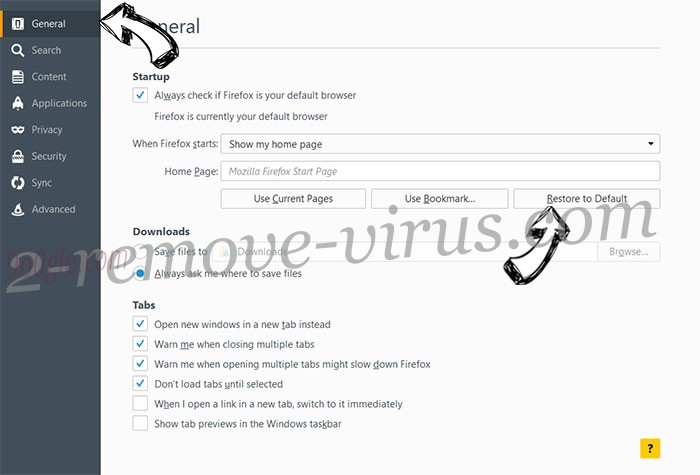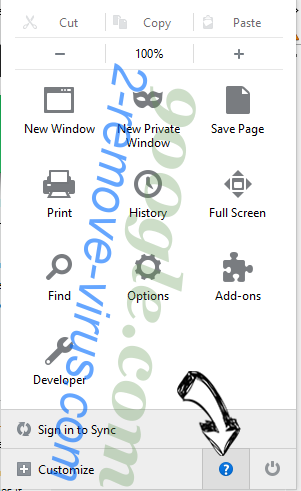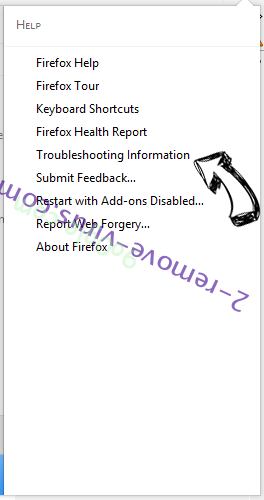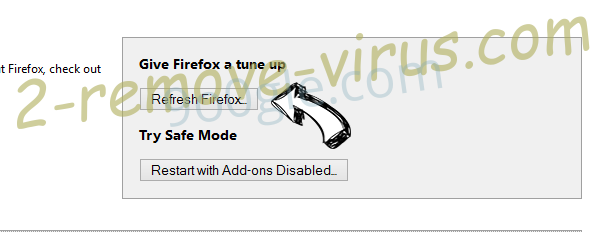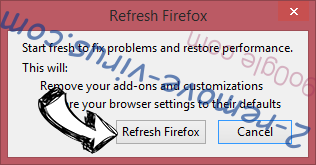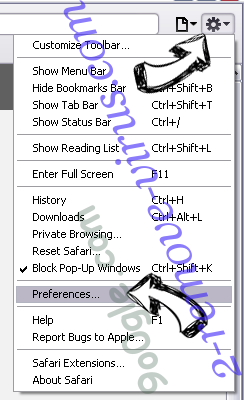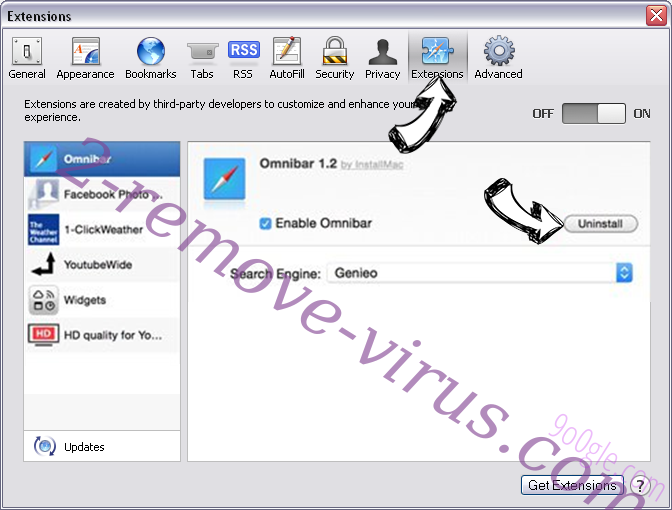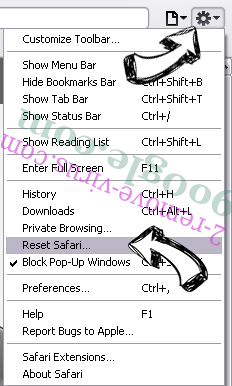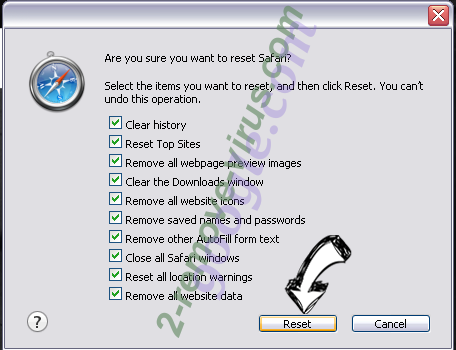HubComputing (Mac) adware is a generic ad-supported program from the AdLoad malware family. While a very annoying infection, it’s not particularly dangerous. It does not directly harm the computer and instead focuses on spamming ads. However, adware can also expose you to ads promoting scams and/or malicious programs. So we strongly recommend you remove HubComputing (Mac) adware from your Mac if you notice it in your Applications folder.
HubComputing (Mac) adware and other infections from the Adload malware family are very obvious because they can be clearly visible in the Applications folder. If you open Finder, then Applications, and HubComputing can be found among the installed applications, your Mac is indeed infected with adware. You will notice an increase in ads popping up everywhere, even on previously ad-free websites. You will see ads of all kinds, promoting different things. One thing adware is known to display is fake virus alerts that ask users to call fake tech support numbers. These alerts falsely inform users that their computers are infected with serious malware and that unless they call the shown number, their data will be stolen. However, instead of being connected to legitimate technicians, users would have to deal with scammers who would pretend to work for companies like Apple and Microsoft. The whole point of these tech support scams is to trick users into paying hundreds of dollars for services they don’t need nor would actually receive. Other ads could expose you to malicious or scam programs.
One thing about adware that’s worth mentioning is that they track users and collect information related to their browsing. What they collect is usually what sites you visit, what you search for, your IP address, etc. There’s really no reason to put up with this kind of data collection, particularly from an application that’s technically an infection.
You will want to delete HubComputing (Mac) adware sooner rather than later. It will bombard you with ads on a regular basis, potentially expose you to questionable content, as well as track your browsing. The sooner you remove HubComputing (Mac) adware, the quicker you can go back to normal browsing.
Adware installation methods
Users’ bad habits are why their computers become infected in most cases. Many users do not pay attention when installing programs, and infections like adware take full advantage of this. Users also tend to not research programs before installing them, and infections take advantage of this too.
What likely happened in your case is HubComputing (Mac) adware was attached to a program you installed. In what’s known as the software bundling method, infections like adware and browser hijackers can come attached to free programs as extra offers. These offers are technically optional but they are authorized to install without requiring explicit permission. So when you install a program that has something attached to it, you also end up installing the extra offer. What’s worse is the offers are hidden during installation. Unless users are paying close attention to the process, they’re unlikely to notice them. Evidently, software bundling is a pretty dubious method, and it’s generally not recommended to install any programs that use it. In fact, many programs that do use it are classified as potentially unwanted by anti-virus programs.
As we said, the additional offers are optional so you do have the option to deselect them. However, they are hidden in settings that users very rarely use, which is why the offers are able to sneak past. If you want the option to deselect the offers, you need to use Advanced (Custom) settings when installing programs. If you use Default or Basic, the added offers will be permitted to install alongside automatically, and you won’t even notice them. However, Advanced settings will clearly display the offers, and you will be able to deselect them.
We strongly encourage you to never allow these additional installations because you will only fill your computer with junk programs, which can be difficult to get rid of later on.
HubComputing (Mac) adware removal
It’s very easy to remove HubComputing (Mac) adware, both manually and using anti-virus software. The latter may be easier and quicker because the program would take care of everything.
HubComputing (Mac) adware is detected as:
- MacOS:Adload-CA [Adw] by Avast/AVG
- RDN/Generic.osx by McAfee
- Adware:MacOS/Adload.C!MTB by Microsoft
- A Variant Of OSX/Adware.Synataeb.H by ESET
- Gen:Variant.Adware.MAC.Adload.31 by BitDefender
- Not-a-virus:HEUR:AdWare.OSX.Adload.j by Kaspersky
However, if you want to delete HubComputing (Mac) adware yourself, you can do it like any other application. Instructions are also provided below if you need assistance.
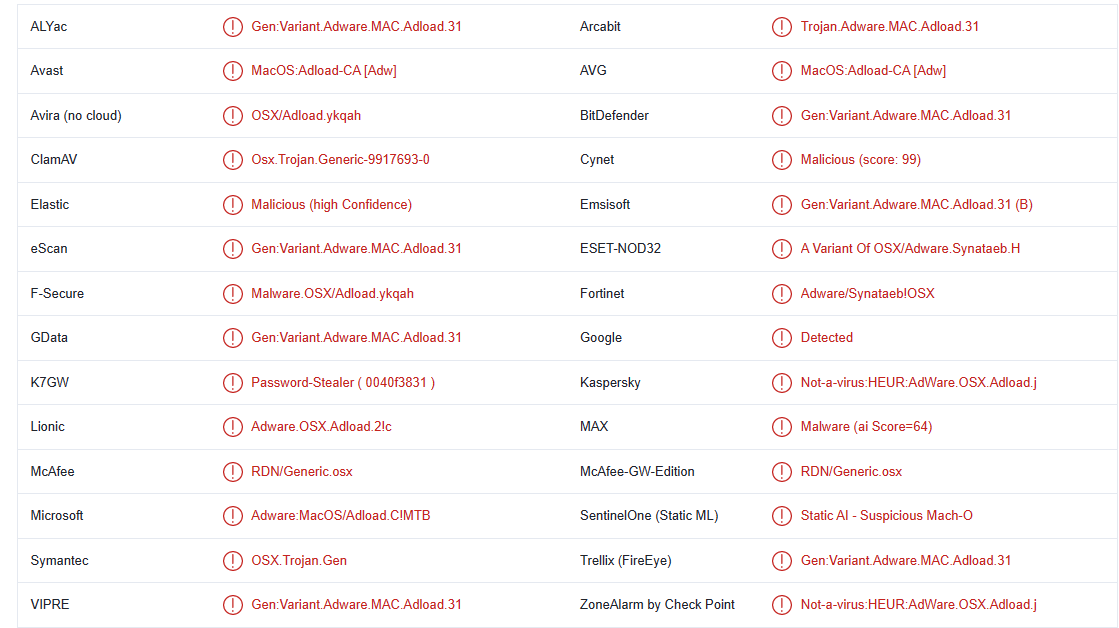
Quick Menu
Step 1. Uninstall HubComputing (Mac) and related programs.
Remove HubComputing (Mac) from Windows 8
Right-click in the lower left corner of the screen. Once Quick Access Menu shows up, select Control Panel choose Programs and Features and select to Uninstall a software.
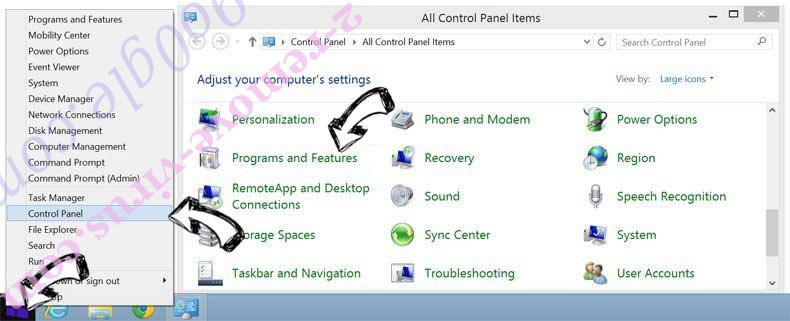
Uninstall HubComputing (Mac) from Windows 7
Click Start → Control Panel → Programs and Features → Uninstall a program.
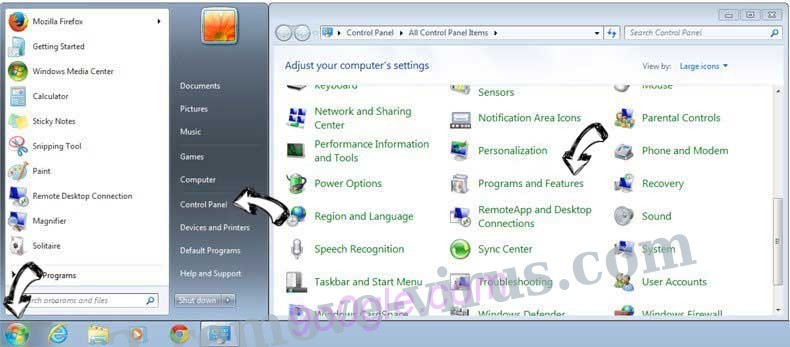
Delete HubComputing (Mac) from Windows XP
Click Start → Settings → Control Panel. Locate and click → Add or Remove Programs.
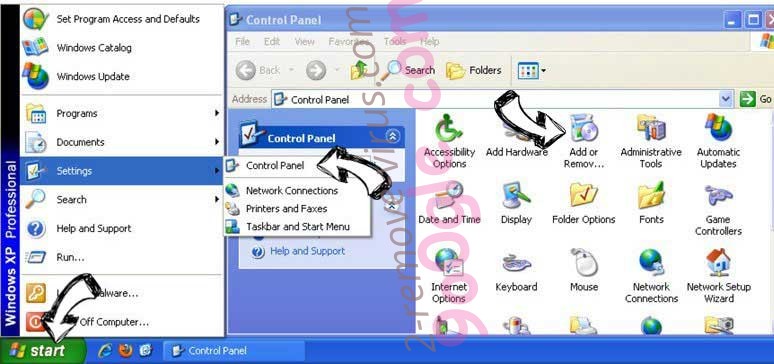
Remove HubComputing (Mac) from Mac OS X
Click Go button at the top left of the screen and select Applications. Select applications folder and look for HubComputing (Mac) or any other suspicious software. Now right click on every of such entries and select Move to Trash, then right click the Trash icon and select Empty Trash.
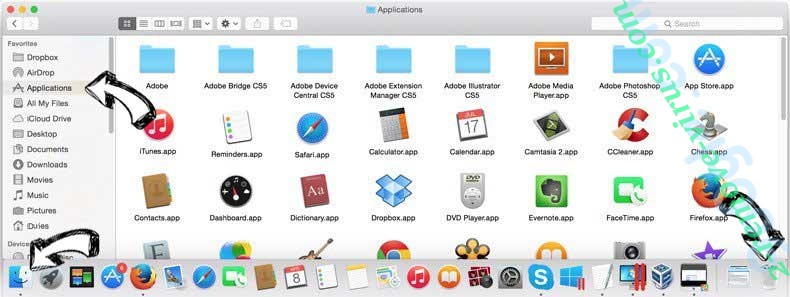
Step 2. Delete HubComputing (Mac) from your browsers
Terminate the unwanted extensions from Internet Explorer
- Tap the Gear icon and go to Manage Add-ons.

- Pick Toolbars and Extensions and eliminate all suspicious entries (other than Microsoft, Yahoo, Google, Oracle or Adobe)

- Leave the window.
Change Internet Explorer homepage if it was changed by virus:
- Tap the gear icon (menu) on the top right corner of your browser and click Internet Options.

- In General Tab remove malicious URL and enter preferable domain name. Press Apply to save changes.

Reset your browser
- Click the Gear icon and move to Internet Options.

- Open the Advanced tab and press Reset.

- Choose Delete personal settings and pick Reset one more time.

- Tap Close and leave your browser.

- If you were unable to reset your browsers, employ a reputable anti-malware and scan your entire computer with it.
Erase HubComputing (Mac) from Google Chrome
- Access menu (top right corner of the window) and pick Settings.

- Choose Extensions.

- Eliminate the suspicious extensions from the list by clicking the Trash bin next to them.

- If you are unsure which extensions to remove, you can disable them temporarily.

Reset Google Chrome homepage and default search engine if it was hijacker by virus
- Press on menu icon and click Settings.

- Look for the “Open a specific page” or “Set Pages” under “On start up” option and click on Set pages.

- In another window remove malicious search sites and enter the one that you want to use as your homepage.

- Under the Search section choose Manage Search engines. When in Search Engines..., remove malicious search websites. You should leave only Google or your preferred search name.


Reset your browser
- If the browser still does not work the way you prefer, you can reset its settings.
- Open menu and navigate to Settings.

- Press Reset button at the end of the page.

- Tap Reset button one more time in the confirmation box.

- If you cannot reset the settings, purchase a legitimate anti-malware and scan your PC.
Remove HubComputing (Mac) from Mozilla Firefox
- In the top right corner of the screen, press menu and choose Add-ons (or tap Ctrl+Shift+A simultaneously).

- Move to Extensions and Add-ons list and uninstall all suspicious and unknown entries.

Change Mozilla Firefox homepage if it was changed by virus:
- Tap on the menu (top right corner), choose Options.

- On General tab delete malicious URL and enter preferable website or click Restore to default.

- Press OK to save these changes.
Reset your browser
- Open the menu and tap Help button.

- Select Troubleshooting Information.

- Press Refresh Firefox.

- In the confirmation box, click Refresh Firefox once more.

- If you are unable to reset Mozilla Firefox, scan your entire computer with a trustworthy anti-malware.
Uninstall HubComputing (Mac) from Safari (Mac OS X)
- Access the menu.
- Pick Preferences.

- Go to the Extensions Tab.

- Tap the Uninstall button next to the undesirable HubComputing (Mac) and get rid of all the other unknown entries as well. If you are unsure whether the extension is reliable or not, simply uncheck the Enable box in order to disable it temporarily.
- Restart Safari.
Reset your browser
- Tap the menu icon and choose Reset Safari.

- Pick the options which you want to reset (often all of them are preselected) and press Reset.

- If you cannot reset the browser, scan your whole PC with an authentic malware removal software.
Offers
Download Removal Toolto scan for HubComputing (Mac)Use our recommended removal tool to scan for HubComputing (Mac). Trial version of provides detection of computer threats like HubComputing (Mac) and assists in its removal for FREE. You can delete detected registry entries, files and processes yourself or purchase a full version.
More information about SpyWarrior and Uninstall Instructions. Please review SpyWarrior EULA and Privacy Policy. SpyWarrior scanner is free. If it detects a malware, purchase its full version to remove it.

WiperSoft Review Details WiperSoft (www.wipersoft.com) is a security tool that provides real-time security from potential threats. Nowadays, many users tend to download free software from the Intern ...
Download|more


Is MacKeeper a virus? MacKeeper is not a virus, nor is it a scam. While there are various opinions about the program on the Internet, a lot of the people who so notoriously hate the program have neve ...
Download|more


While the creators of MalwareBytes anti-malware have not been in this business for long time, they make up for it with their enthusiastic approach. Statistic from such websites like CNET shows that th ...
Download|more
Site Disclaimer
2-remove-virus.com is not sponsored, owned, affiliated, or linked to malware developers or distributors that are referenced in this article. The article does not promote or endorse any type of malware. We aim at providing useful information that will help computer users to detect and eliminate the unwanted malicious programs from their computers. This can be done manually by following the instructions presented in the article or automatically by implementing the suggested anti-malware tools.
The article is only meant to be used for educational purposes. If you follow the instructions given in the article, you agree to be contracted by the disclaimer. We do not guarantee that the artcile will present you with a solution that removes the malign threats completely. Malware changes constantly, which is why, in some cases, it may be difficult to clean the computer fully by using only the manual removal instructions.
